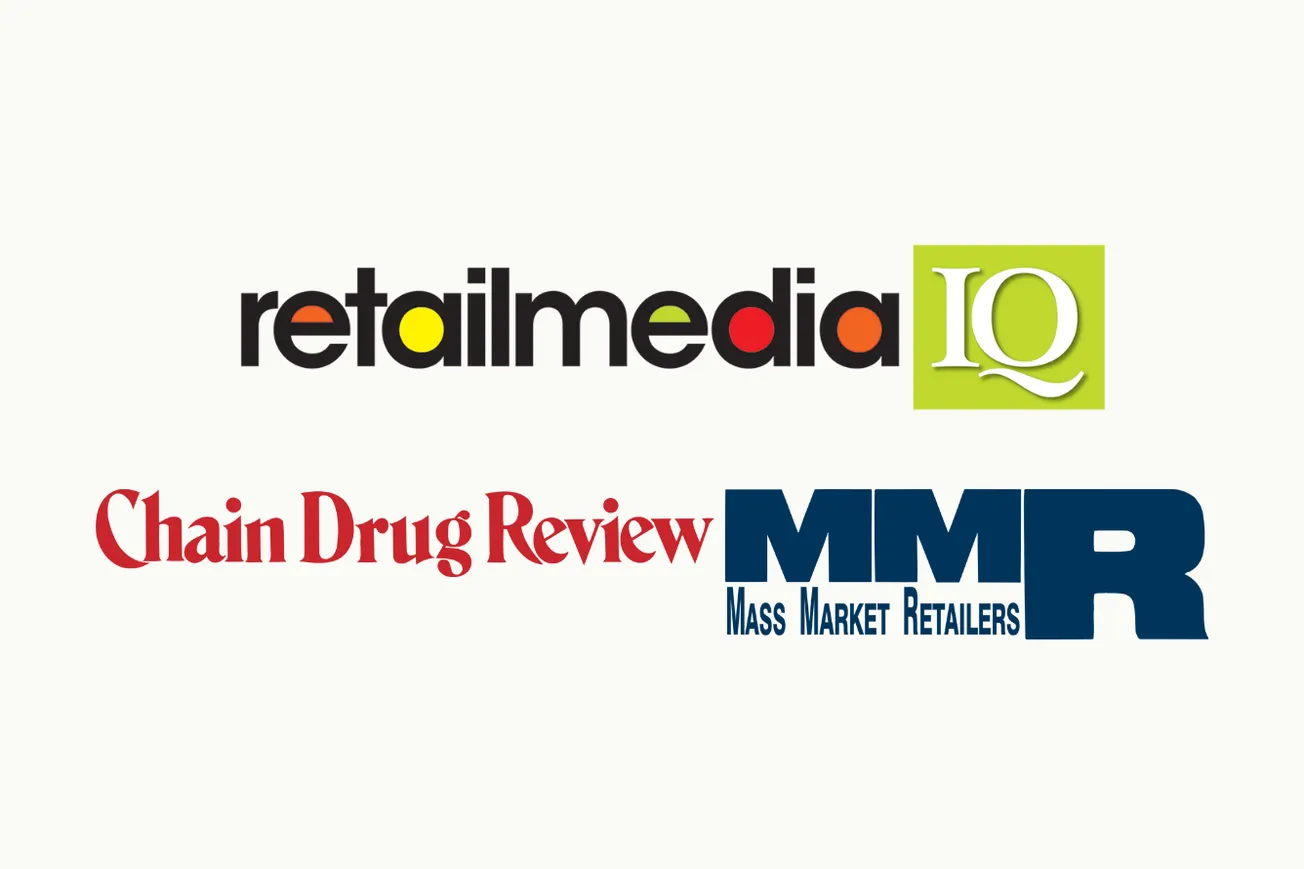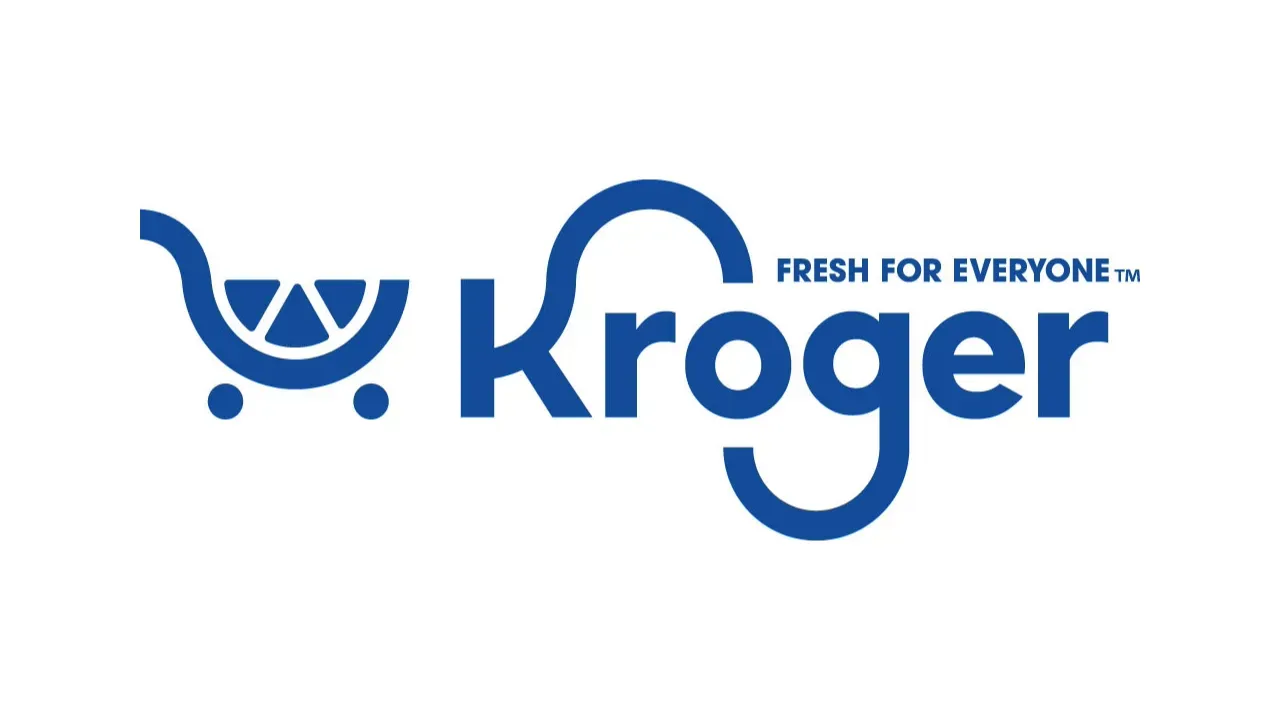WASHINGTON — Retailers in the United States can expect year-end holiday sales growth that exceed the average increase over the past decade, according to a forecast released this month by the National Retail Federation.
NRF foresees holiday retail sales increasing between 6% and 8% from 2021, when year-on-year sales were up 13.5% to a record $889 billion.
Annual holiday retail sales have increased by an average of 4.9% over the past 10 years, the federation said.
“While consumers are feeling the pressure of inflation and higher prices, and while there is continued stratification with consumer spending and behavior among households at different income levels, consumers remain resilient and continue to engage in commerce,” said Matthew Shay, the federation’s president and chief executive officer. “In the face of these challenges, many households will supplement spending with savings and credit to provide a cushion and result in a positive holiday season.”
NRF expects that online and other non-store sales to increase between 10% and 12%, with many households also expected to shift back to in-store shopping and a more traditional holiday shopping experience this season.
“This holiday season cycle is anything but typical,” according to Jack Kleinhenz, NRF’s chief economist. “Despite record levels of inflation, rising interest rates and low levels of confidence, consumers have been steadfast in their spending and remain in the driver’s seat.”
Consumers’ concerns about inflation and product availability contributed to an early start to holiday shopping, said Kleinhenz. “Retailers are responding to that demand, as we saw several major scheduled buying events in October. While this may result in some sales being pulled forward, we expect to see continued deals and promotions throughout the remaining months.”
NRF consumer data show a decade-long trend in early shopping, which the federation attributes to shoppers’ desire to manage their discretionary spending and to minimize the stress of end-of-year buying. Nearly half (46%) this year were intending to browse or buy before November, according to NRF’s annual survey conducted by Prosper Insights & Analytics.
The report asserts that consumers were planning to spend $832.84, on average, on gifts and holiday items such as decorations and food.
NRF’s holiday forecast is in line with the organization’s full-year forecast for retail sales, which predicted retail sales will grow between 6% and 8% to more than $4.86 trillion in 2022. NRF’s holiday forecast is based on economic modeling that considers a variety of indicators including employment, wages, consumer confidence, disposable income, consumer credit, previous retail sales and weather. NRF’s calculation excludes automobile dealers, gasoline stations and restaurants to focus on core retail. NRF defines the holiday season as November 1 through December 31.
While retailers face a multitude of challenges, one is totally out of their hands. Weather, as always, plays a role in holiday retail sales. The National Oceanic and Atmospheric Administration is forecasting warmer-than-average temperatures for the Southwest, Gulf Coast and Eastern Seaboard, which cover a large swath of the U.S. population, but wetter and snowier conditions are expected for parts of the northern tier.





